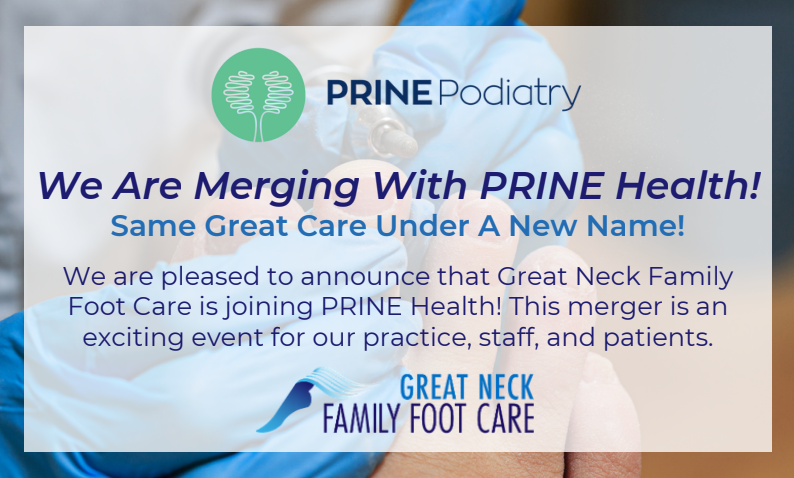25 Sep Hammertoes Need Medical Attention
Hammertoe is a condition that can affect any toe except the big toe. It is when one or both joints of the toe bend down, causing the toe to look like a hammer. With the toe in an abnormal position, wearing shoes puts pressure on it that causes problems to develop. Hammertoes are a progressive deformity and will only get worse as time goes on. That’s why at Great Neck Family Foot Care we urge you to get treatment as soon as you notice a toe with this tendency.
What Causes Hammertoe?
Hammertoe is most often the result of a muscle/tendon imbalance. The imbalance is caused by structural changes in the foot that occur over time for some people. In some cases, hammertoes are inherited or can be the result of an earlier injury to the toe. A hammertoe may also develop if a person wears shoes that are too tight and forces the toes into a cramped position for a long period of time. Initially, hammertoes are still somewhat flexible but they can become rigid and unbending and then are much more difficult to treat.
Symptoms and Treatment
Although the “hammer” position of the toe is readily recognizable, other symptoms may accompany it, such as:
- Inflammation, burning, and redness
- Pain and irritation of the toe when wearing shoes
- Corns and calluses either on the toe or the ball of the foot or between the affected toe and the one next to it
- Open sores on the affected toe caused by rubbing inside the shoe
Our board certified foot and ankle surgeons, Dr. Alec Hochstein and Dr. Diana Gagliano will be able to confirm a diagnosis of hammertoe after examining your foot and listening to a history of your symptoms. Your foot doctor may also order digital x-rays (which can be done right in our Great Neck office) to determine the severity of the deformity or to monitor the progression of the hammertoe. Since every patient is unique and hammertoes progress at different rates, your podiatrist will develop a treatment plan that is right for you.
There are a number of non-surgical treatment options, including: changing your footwear or adding padding or orthotic devices to your shoes; corticosteroid injections; splinting or strapping. When a hammertoe has become so rigid and painful that non-invasive treatments are not successful, surgery may be required. Since patients with hammertoe often have bunions or other foot deformities as well, sometimes surgery can correct multiple issues.
Early intervention is critical when it comes to hammertoes so schedule a consultation in our Great Neck office at your earliest convenience if you believe you have this condition.





Sorry, the comment form is closed at this time.